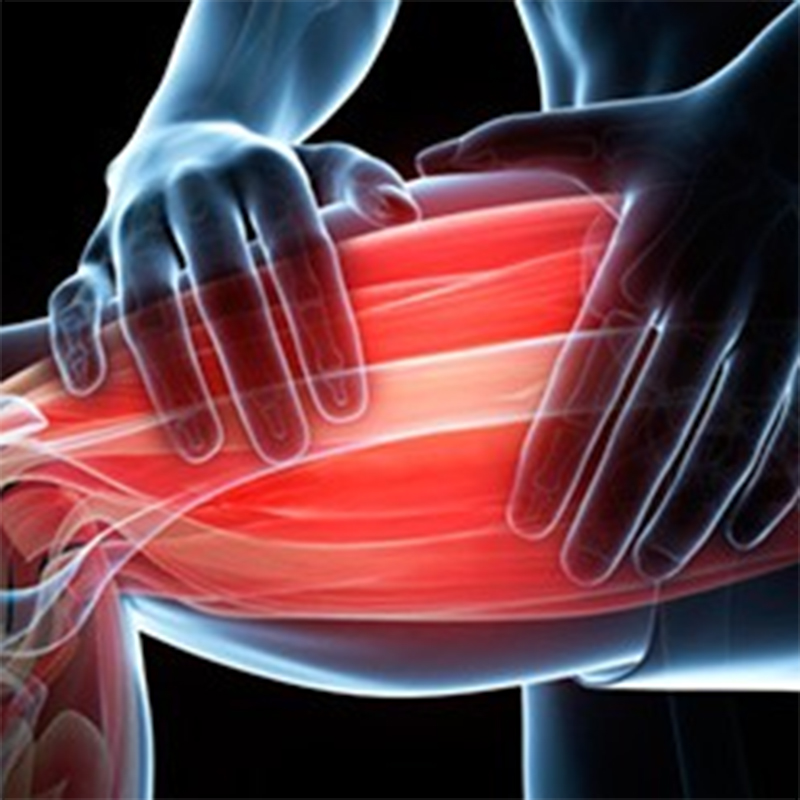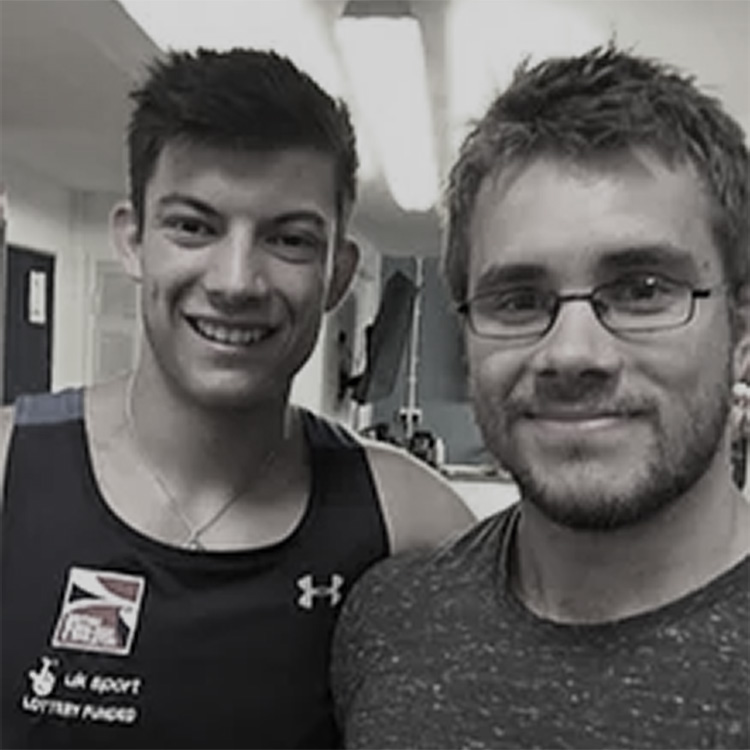Delays Onset Muscle Soreness (DOMS) is the feeling of soreness in the muscle after exercise. DOMS usually develop between 12-24 hours after exercise and peaks between 48-72 hours before subsiding into no pain after 4-7 days after the training bout. DOMS leads to a reduced range of motion, painful muscles to the touch, less force production (up to 60% less) What induces DOMS in the first place? What methods are there to treat the pain? These questions I shall answer in this short blog.
What induces DOMS?
DOMS are induced by challenging eccentric movements such as the lowering phase of a squat. However, challenging isometric movements (especially when the muscle is being worked in an extended position) and unaccustomed exercises can also bring about DOMS. Concentric contractions have not been shown to induce DOMS, although most exercises and sports involve an eccentric phase within the movements performed.
What causes DOMS?
Despite more than 100 years of research into DOMS there is still no conclusions as to the exact events that take place following eccentric contractions that induces DOMS. Below are a few researched mechanisms thought to be at least partially responsible.
Skeletal muscle damage – It is well researched the eccentric exercise brings about muscle damage. It is unclear however whether it is the skeletal muscle damage that causes the DOMS, or the that the muscle damage sets off a series of events that results in DOMS.
Connective tissue damage – It has been proposed that damage to the connective tissue about the muscles and joints are responsible for DOMS. The connective tissue consists of the endomysium, perimysium andepimysium of which the endomysium forms a sheath around individual fibres. Like the muscle damage, it is unclear whether the connective tissue is responsible for the pain or if the pain comes from a series of events post damage.
Production of oxidising free radicals – Free radicals are produced as aconsequence of normal metabolism and theirproduction is thought to increase during exercise. Free radicals are also produced by white blood cells following eccentric exercise to help destroy and remove any damaged tissue. In normal conditions, and with the ingestion of vitamins, the body can fight against the free radicals with antioxidants. However, if too many free radicals are produced (like in eccentric exercise) they can outnumber the bodies defences resulting in “oxidative stress”. Oxidative stress can result in muscle damage.
Can you train with DOMS?
The main issue regarding training with DOMS is the question of muscle damage. It has been shown that DOMS are brought about by muscle damage from exercise bouts, so if the muscle is damaged then the muscle will need time to recover and adapt. Research has shown that a second bout of training has not been shown to exacerbate the damage or impair the recovery process. However it must be considered that performance will drop and therefore adaptations to the training will be less.
How to treat DOMS
Many methods such as icing, massage immflatory and anti-inflammatory drugs can help with the symptoms of DOMS, however none of them have been proven to reduce the recovery time of DOMS. Good recovery methods (such as sleep, nutrition etc) will aid in the recovery and adaptation of the muscle, but is still unproven as to its help with the effects of DOMS.
The repeated bout effect is a technique where a lighter eccentric training bout is utilised prior to the heavy eccentric work. Although unclear why, this technique has been shown to protect against DOMS.
If you have any questions regarding this topic please get in touch!
Ref – Graeme L Close, PhD




